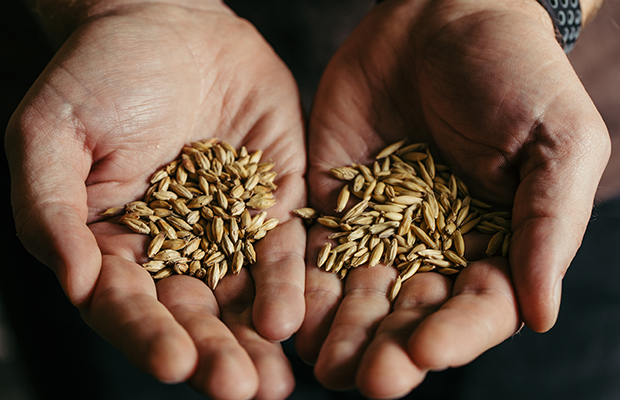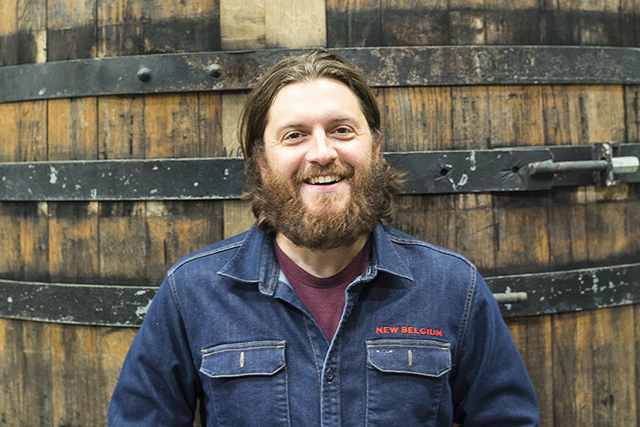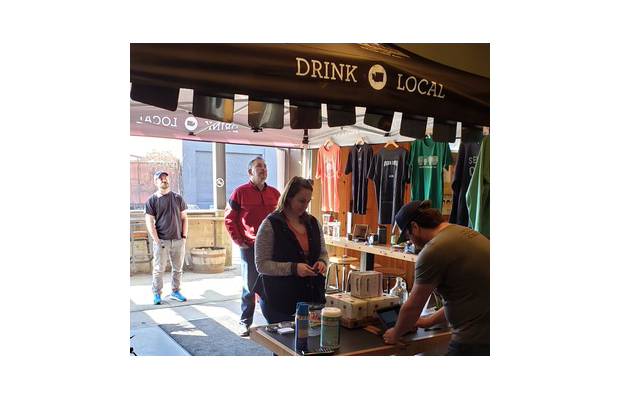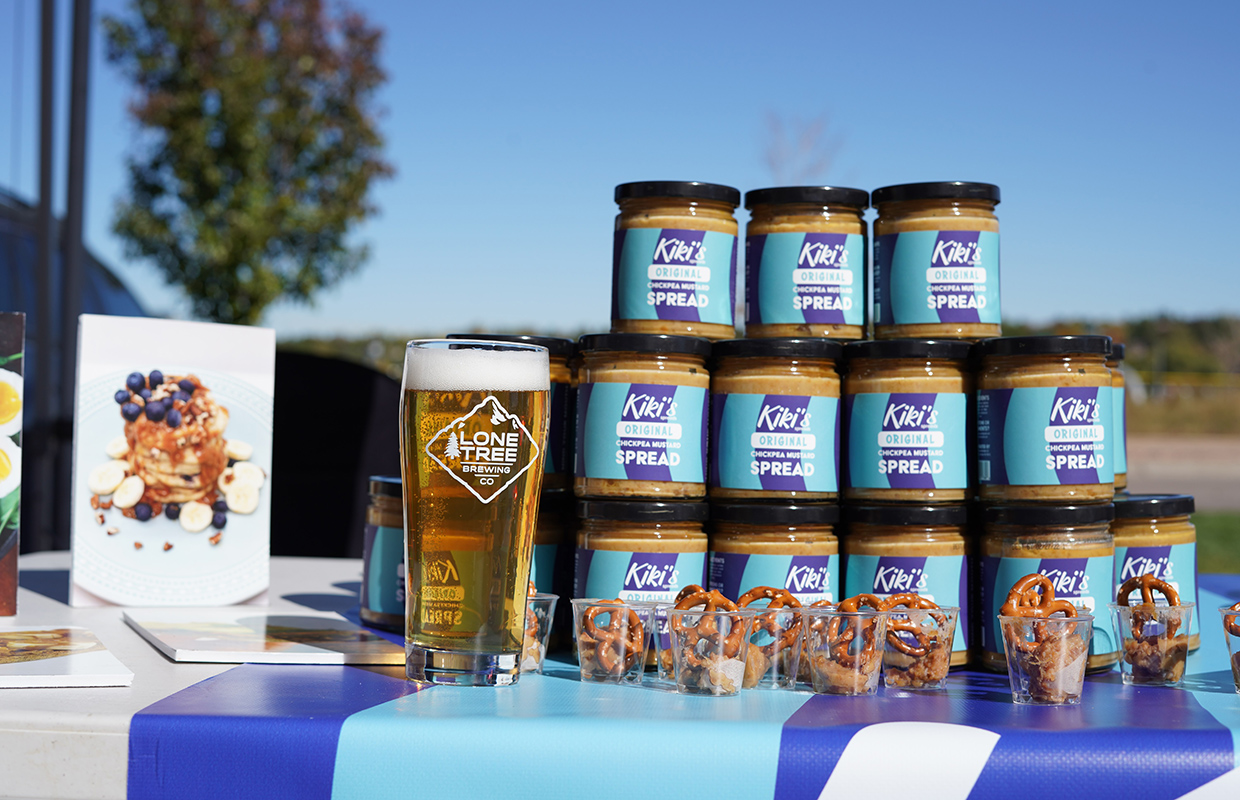
East Brother Beer Co. wanted to brew a Pre-Prohibition Lager so Head Brewer Paul Liszewski and his team worked with Admiral Maltings in Paso Robles to secure his Atlas barley, specifically made for the run of its Pre-Pro Lager. Meanwhile, Wicked Weed uses Riverbend Pilsner Malt for the entirety of its ‘tart farmhouse’ line, and intermittently in the North Carolina brewery’s spontaneous beers.
The underlying factor is both malts are 6-row varieties. It’s a classic grain that is gaining some popularity despite some factors that had it drop out of popularity originally. Wicked Weed’s Andrew Zinn said the brewery is currently looking at the feasibility of transitioning most or all of its core and specialty sour brands to the Riverbend Pils base as well.
BREWER: What sets 6-row apart from other bases like 2 row or Maris Otter?
ZINN: The interesting thing here is — and I mean this in the best way possible — in many ways, there’s not a ton of discernible difference (between 2- and 6-row) in the particular malts I’m using. The 6-row variety used by Riverbend (called Thoroughbred) has plump kernels that look like 2-row, with extract, protein, and enzymatic potential numbers that aren’t too different either. The inherent aesthetic particulars of 6-row itself: (a bit of grassiness, slightly more cereal/grainy presentation than chewy malt flavor) lend themselves especially well to a Pils malt, especially, although there’s a certain richness that I always find in beers made with this malt, generally not what you’d expect from 6-row.
BREWER: Are there any technical challenges or tips you have for using 6-row for someone that hasn’t used it yet?
LISZEWSKI: The increased proteins can be problematic if you are only using a single-infusion mash. The proteins that are passed along can lead to haze in the final product and a shorter shelf life. There will be increased levels of trub and cold break material from the boiling and cooling process and the brewer needs to ensure that this material is removed sufficiently before knocking out to the fermenter. 6-Row malt can produce more DMS compared to 2-row, and requires a vigorous, well-vented boil and the ability to rapidly chill the wort during knockout. The increased amount of husk material in 6-row can lead to some astringency, and the brewer will need to pay careful attention to the mash and hot liquor temperatures to minimize the potential impact. I recommend a short, 30-min protein rest before the desired saccharification step and the brewer will need to determine the best method, if possible, for their brewhouse. Steam-jacketed MLT will work but may require trial and error for the best process for the brewhouse. Or a second infusion of hot water to bring the temperature up, or a combination of the two methods. The protein rest may remove some of the foam-positive proteins and mouthfeel, but some tweaks to a recipe can offset those effects.
BREWER: What did you expect … and didn’t expect from using 6-row? How did you use those expectations or new discoveries to your advantage or how did it alter the idea of the brew?
LISZEWSKI: During recipe formulation, the brewer needs to pay attention to the subtle flavor differences and potential for changing the brew process to accommodate the differences in performance of 6-row vs. 2-row malt. We use the 6-row in our yearly Pre-Prohibition Lager, and I wanted to create a version that reflected the malts that were available to brewers during that time. We use flaked maize, which are pregelatinized and do not require a cereal cooker, and we could potentially create the same beer using 2-row varieties, but the subtle flavor differences in 6-row allowed us to create a more authentic version of Pre-Pro Lager.
BREWER: Do you have any ‘out of the box’ ideas for 6-row that you want to share?
ZINN: I think this is a very interesting time in brewing, with local craft malting becoming more and more commonplace. I would love to see more maltsters playing with heritage barleys grown in their home region be it 2- or 6-row — something that produces one type of character in the Midwest or Great Plains may be entirely different in the south, for example. In the same way that Marris Otter and Golden Promise have their own unique character, I think exploring different cultivars 2- and 6- will lead to more unique expression, especially as malting expands to use barley grown outside the heartland. Maltsters working on such microscale means that brewers are constantly getting the freshest malt possible, and are able to really capitalize on the unique flavor attributes of each barley variety.
(From July/August 2020 Issue of Brewer Magazine)






Be the first to comment